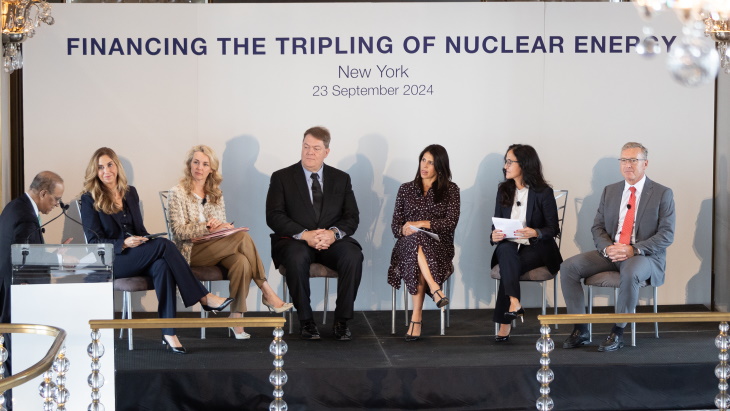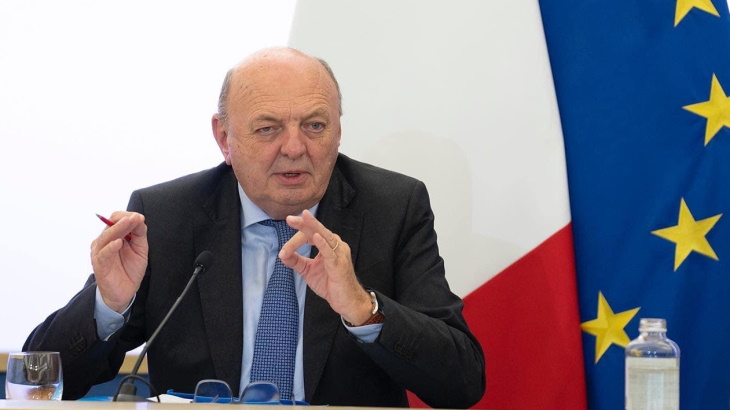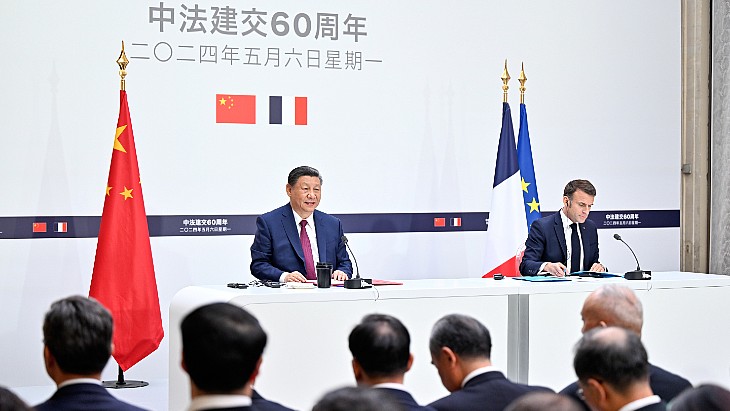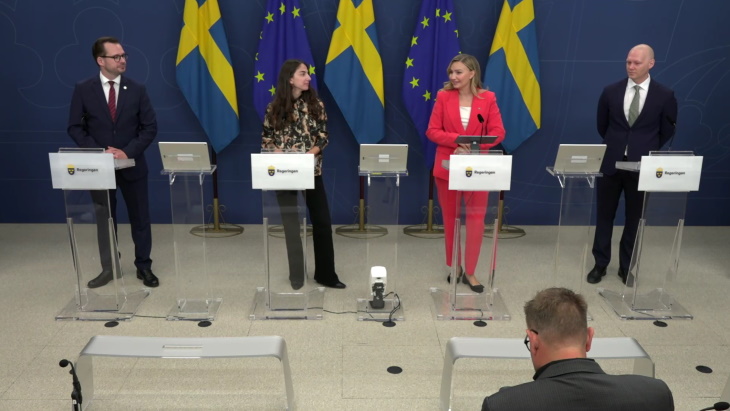Action needed for expansion of nuclear energy, says Rising
.jpg)
The Clean Energy Ministerial (CEM) is a high-level global forum to promote policies and programmes that advance clean energy technology. The Nuclear Innovation: Clean Energy Future (NICE Future) initiative was established at the 9th CEM in Copenhagen, Denmark, in May 2018 to play a crucial role in multilateral dialogue and engagement of policy makers on the role of nuclear energy as part of a low carbon mix contributing to sustainable development.
During a panel discussion at the Breakthroughs: Flexible Nuclear Energy Systems in a Clean Energy World side event during CEM10, Rising said: "Action is needed to expand the share of nuclear generation in the clean energy future. We will need much more nuclear energy if we are to deliver on environmental, economic and sustainable development objectives."
Rising noted that the most efficient use of a nuclear reactor is for it to supply electricity constantly at full output. However, to allow variable renewables to complement nuclear generation in the electricity mix, nuclear reactors are already being operated flexibly where required.
"New designs and technologies will further enhance the ability of nuclear power to facilitate the integration of more intermittent sources into a low-carbon generation mix," Rising said.
World Nuclear Association said 50 new reactors are due to start operating in a total of 12 countries between 2016 and 2020. Two of those countries - Belarus and UAE - are hosting their first nuclear power plants. This new build, it said, is equivalent to adding nearly 15% to global nuclear capacity.
Innovation is key to this growth in the use of nuclear energy, according to the Association. Those 50 new units are based on 17 different reactor designs, and 10 of those designs are being built for the first time, with capacities ranging from 27 MWe to 1750 MWe.
However, World Nuclear Association notes that studies by both the Massachusetts Institute of Technology and the OECD Nuclear Energy Agency have concluded that high levels of intermittent renewable generation, in particular in the absence of nuclear generation, leads to much higher system costs and higher emissions.
"We should take a dispassionate look at what would be the optimal energy system to deliver on our environmental, economic and sustainable development objectives," Rising said.
Rising's call for action came after yesterday's publication by the International Energy Agency (IEA) of its Nuclear Power in a Clean Energy System report. In the report, the IEA makes policy recommendations for the many countries that see a role for nuclear power in their energy transitions. Without policy changes, advanced economies could lose 25% of their nuclear capacity by 2025 and as much as two-thirds of it by 2040, the report says. The lack of further lifetime extensions of existing nuclear plants and new projects could result in an additional 4 billion tonnes of CO2 emissions, it adds.
The nuclear industry has set the Harmony goal for nuclear energy to provide 25% of global electricity by 2050. This will require trebling nuclear generation from its present level. Some 1000 GWe of new nuclear generating capacity will need to be constructed by then to achieve that goal. World Nuclear Association has identified three areas for action to achieve this: establishing a level playing field in electricity markets, building harmonised regulatory processes, and an effective safety paradigm.









_88592.jpg)
_66488.jpg)

